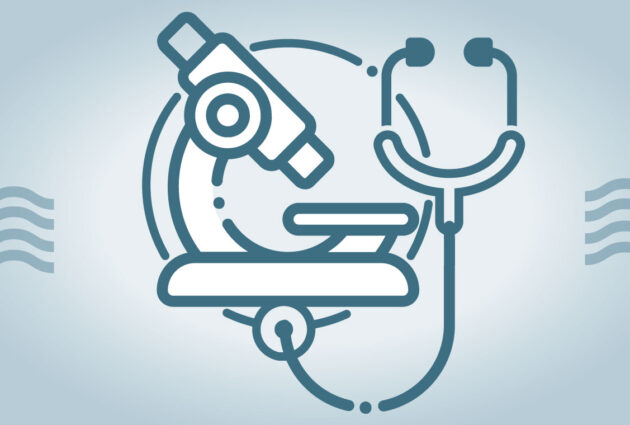Mechano-electrical Feedback in Pathophysiology of Atrial Fibrillation: Novel Strategy for Antiarrhythmic Therapy
At a Glance
Atrial fibrillation (AF) is an abnormal heart rhythm that can increase a person’s risk for heart failure and stroke. While strategies for preventing these complications exist, less work has been done on a cure. This project sought to understand the mechanisms behind AF, with the goal of informing new therapies and improving patient outcomes.
The researchers gained crucial knowledge and understanding about the mechanisms contributing to AF by successfully completing all proposed experiments. These experiments included engineering a human cardiac tissue model, identifying novel potential targets for pharmacological treatment against AF, and understanding what plays a role in the protection of the heart against pathological changes in the settings of chronically elevated blood pressure. This project was successful in increasing knowledge, fostering collaborations, publications, and developing new funding opportunities.
The Challenge
Atrial fibrillation (AF) is an abnormal heart rhythm characterized by rapid and irregular beating of the atria and often occurs in individuals with high blood pressure. AF is the most common serious cardiac rhythm disorder and significantly increases a person’s risk for heart attack, dementia, heart failure and stroke. Management of AF currently focuses primarily on preventing such complications, rather than curing the disease. Thus, more research is needed to find proactive solutions to AF.
Project Goals
The research team will study the mechanisms responsible for AF associated with high blood pressure. Greater understanding of these mechanisms is expected to lead to the development of new therapies and ultimately reduce treatment costs and decrease the number of patients affected by AF.
Results
The researchers successfully performed most of the key experiments proposed in the project, leading to further knowledge and understanding about the mechanisms contributing to AF. They engineered a human cardiac tissue model by exploring the contribution of chloride channels, channels that allow the passage of chloride ions into cardiac cells, in mechano-electric feedback in native animal pulmonary veins (PV), the main origin of AF. This feedback happens when a mechanical stimulus is converted into an electrical signal. Their findings from this first aim indicate that SWELL1, a plasma membrane protein, mainly contributes to ICl,swell, a swelling-activated depolarizing chloride current, in the heart and that it can be a potential target for antiarrhythmic treatment against AF in patients. The researchers were also able to demonstrate that caveolae, small pits in the plasma membrane, play a crucial role in the activation of these chloride channels and the protection of the heart from injury and stretch-induced arrhythmogenesis.
This project was successful in increasing knowledge, fostering collaborations, publications, and developing new funding opportunities that aid future discovery. In addition to several grant submissions, the results of this project were reported at several international conferences including Biophysical Society Meeting 2018, 2019 and 2020, BCVS Scientific Sessions 2020 and American Heart Association Scientific Sessions 2020, 24th Annual UW SMPH CVRC Scientific Poster Fair, and UW–Madison CVRC 26th Annual Cardiovascular Research Summit “Focus on Atrial Fibrillation”. The results of these studies were published in 3 manuscripts, and 3 more manuscripts are under preparation for submission. This project also led to new collaborations with Dr. Matthew Kalscheur who works at UW Hospital and performs PV isolation in patients with AF, and with Dr. Roldán-Alzate in the Department of Mechanical Engineering and Radiology to translate these findings to patients.
Looking to the Future
With this strong team of multidisciplinary researchers, the research team looks to continue this important work with both R01 and an R21 grant submission to the National Heart, Lung and Blood Institute through the National Institutes for Health, and other grant submissions.
Lasting Impact
The results that outlined the distribution of atrial wall shear stress, or the force of the flowing blood on the epicardial surface of the atrial myocardium, will be used to expose the location of discrete anatomical regions that are prone to develop the most severe electrostructural remodeling. These regions that usually serve as AF triggers, could be used for accurately identifying optimal ablation targets for AF and improve the effectiveness of and increase the tolerance for the therapy. This can also reduce the likelihood of repeated ablation procedures. These findings will build a strong conceptual understanding for improved identification of vulnerable patient cohorts at risk for developing AF while producing targets for non-invasive AF therapies and more precise invasive AF management. In addition, this project was successfully used for both undergraduate and graduate student training programs to engage more UW–Madison students in research activities and build a strong team of researchers.
Learn more about research on atrial fibrillation in patients with high blood pressure

